Making your own alcohol at home sounds like fun, but it's a long, complicated, and sometimes expensive process. You need all sorts of equipment, and by the time you're finished, it's been a few weeks—even months.
If you want to try home-brewing without all the hassle, one of the most painless ways to do it is to start with fruit juice. Claire Lower over on xoJane tried this method using two different types of yeast powder to see which one produced the highest alcohol content. Here's how to try it yourself.
What You'll Need
- Large bottle of 100% fruit juice
- Packet of yeast powder
- An airlock (like this one)
- Hydrometer (optional if you want to measure alcohol content)

You can use any kind of juice you like, but it has to be 100% fruit juice with no preservatives, and preferably at least 20 grams of sugar per serving. Claire used a product called Spike Your Juice, which is a yeast powder kit that includes an airlock, and a generic packet of champagne yeast from a home-brew supply store.
Measure Out Yeast Powder
Since the Spike Your Juice powder was divided into 1-gram packets, Claire used a kitchen scale to measure out a gram of the champagne yeast to create an accurate comparison.

You can use more or less, depending on how high a percentage of alcohol you want.
Add Yeast Powder to Juice
Pour the yeast powder into your bottle of juice and screw on the airlock.

Wait
Now, just let it sit for a few days. It'll bubble up when it's fermenting. If any juice gets into the airlock while it's fermenting, take it off and rinse it, then put it back on. You can pour a little juice off the top if it foams up too much.
Here's what Claire's looked like after about 72 hours:

The bottle on the right has the regular champagne yeast in it, which produced a much higher percentage of alcohol than the Spike Your Juice packet. If you have a hydrometer, you can measure the ABV using this formula:
- ABV = (Original Gravity – Final Gravity)/ 0.736
You can find more photos and details on the differences between the two bottles over on Claire's tutorial. If you're interested in learning more about home brewing, be sure to check out some of our other articles, or maybe even try your hands at some prison pruno (aka hooch).
Juice glass image via Shutterstock, all other images via Claire Lower





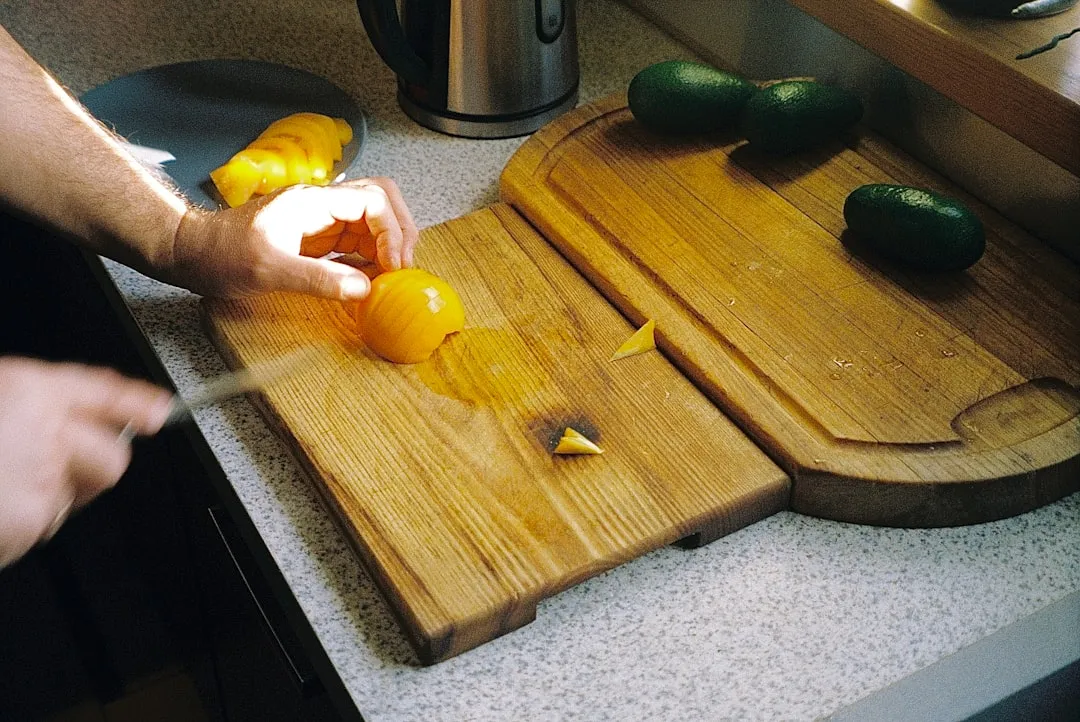


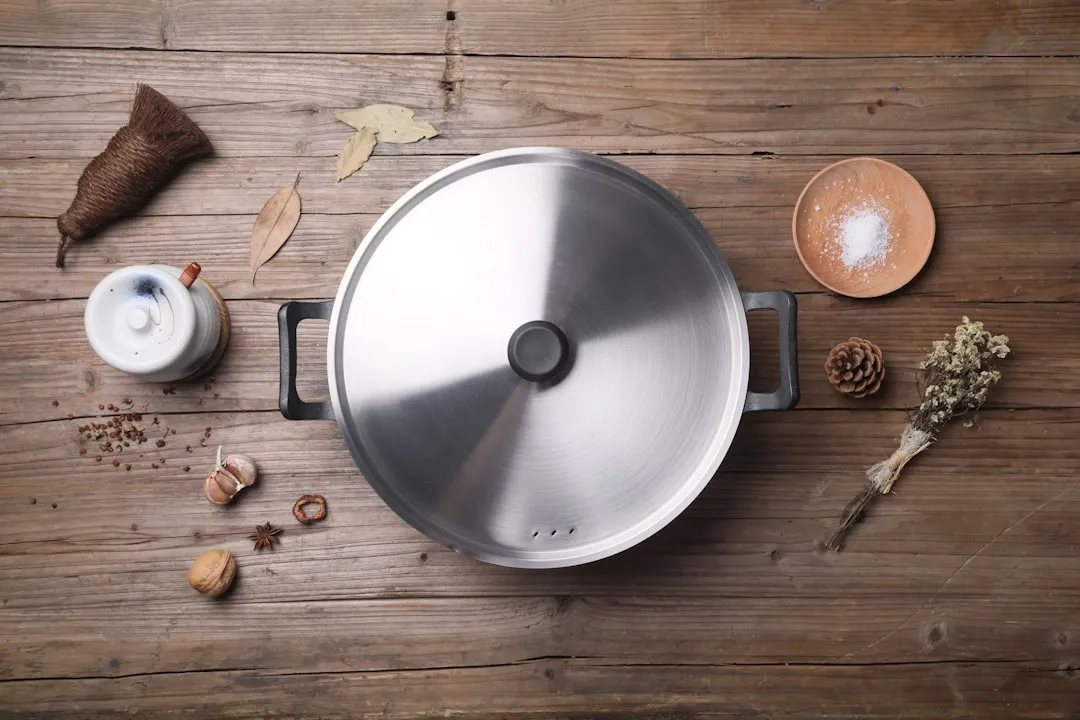

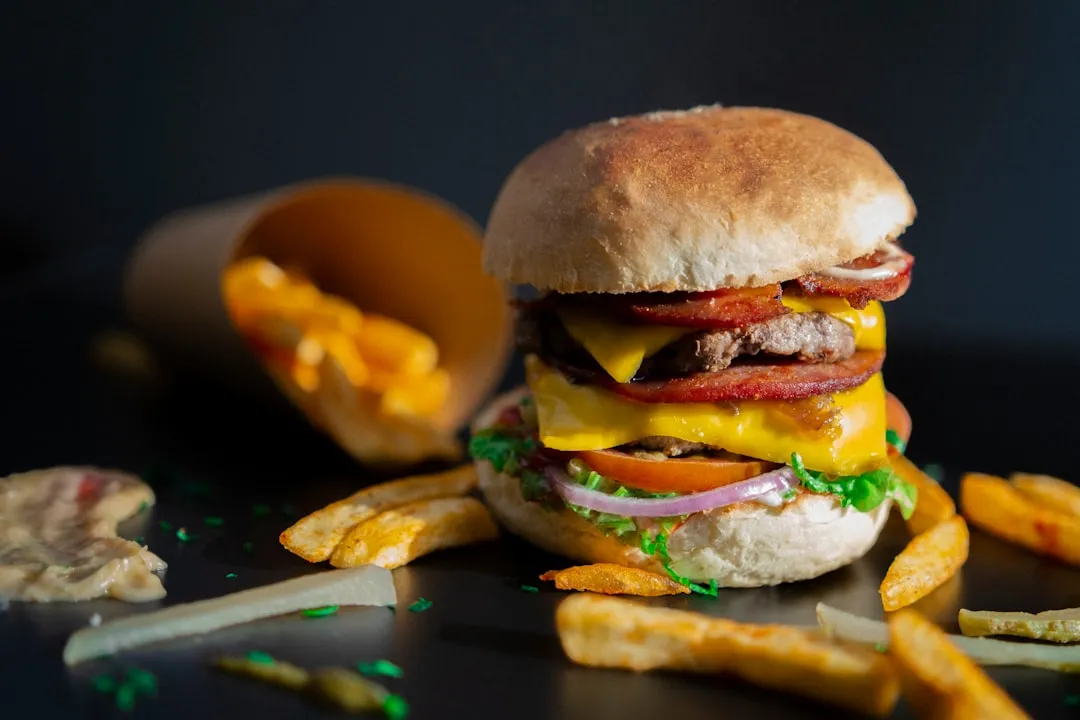



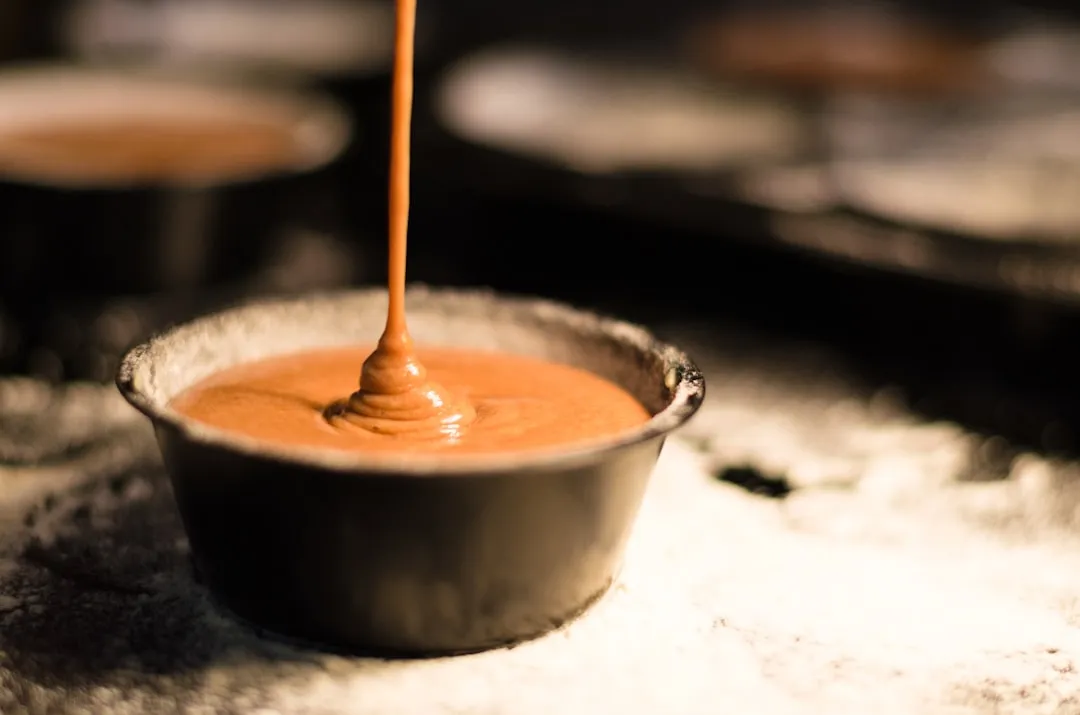


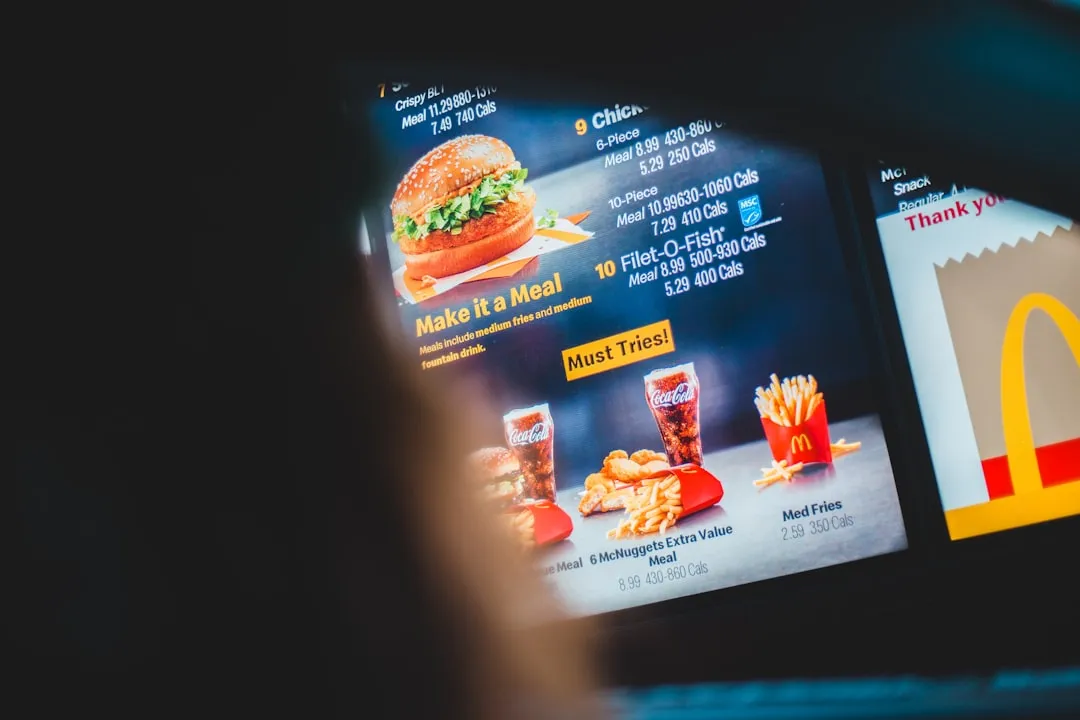

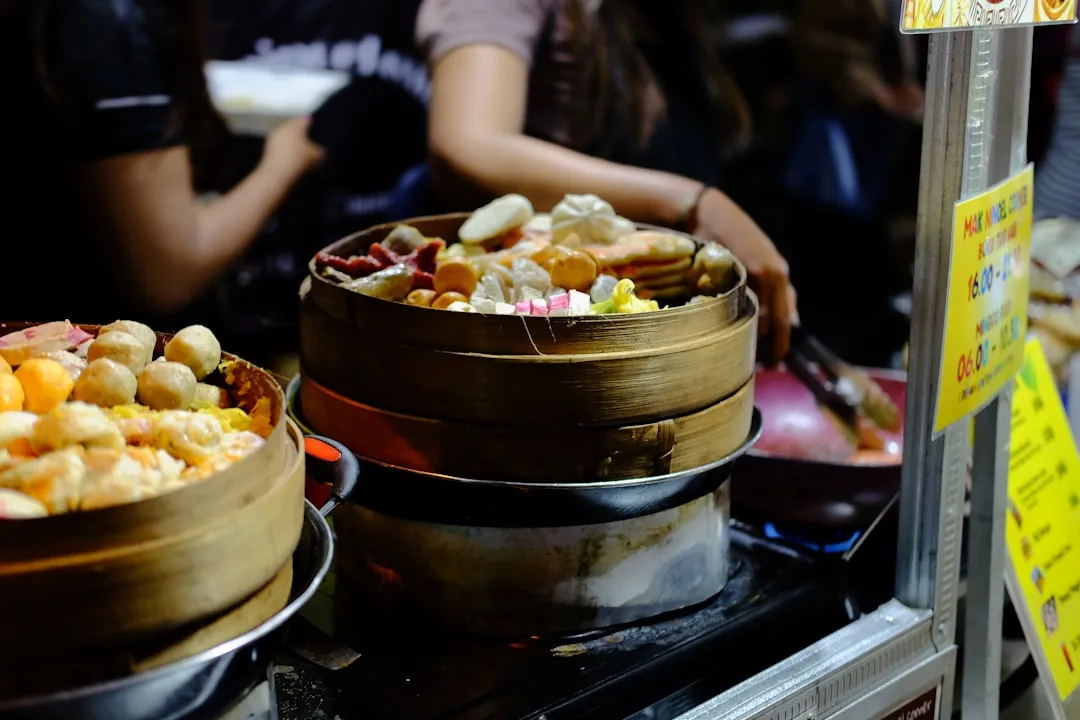
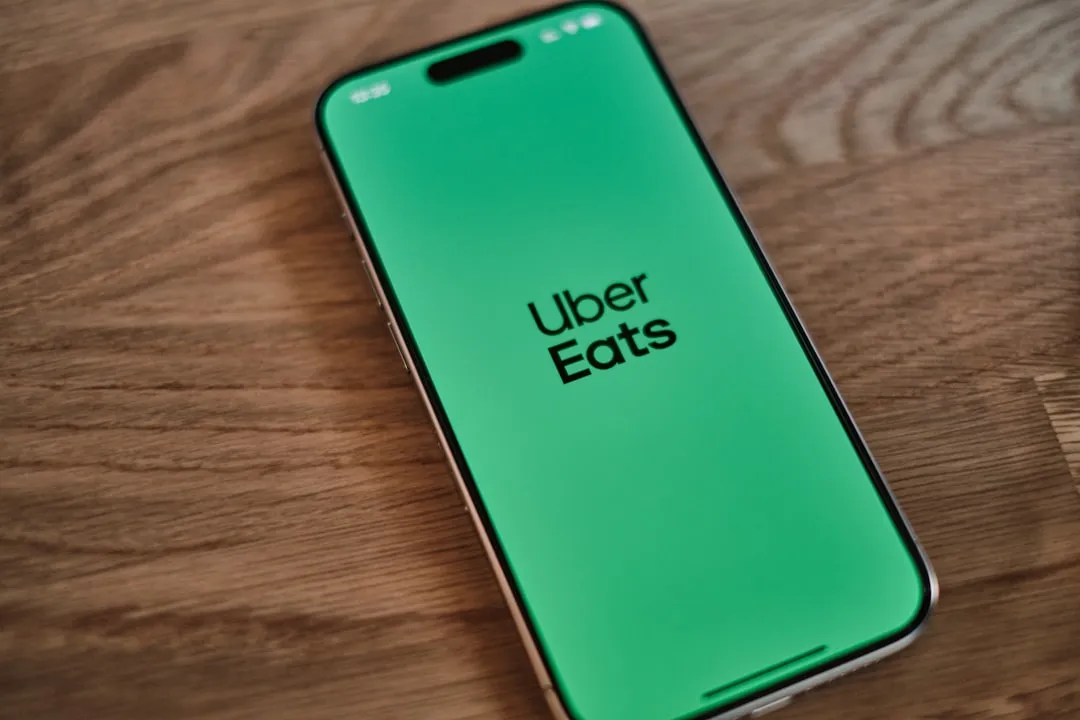


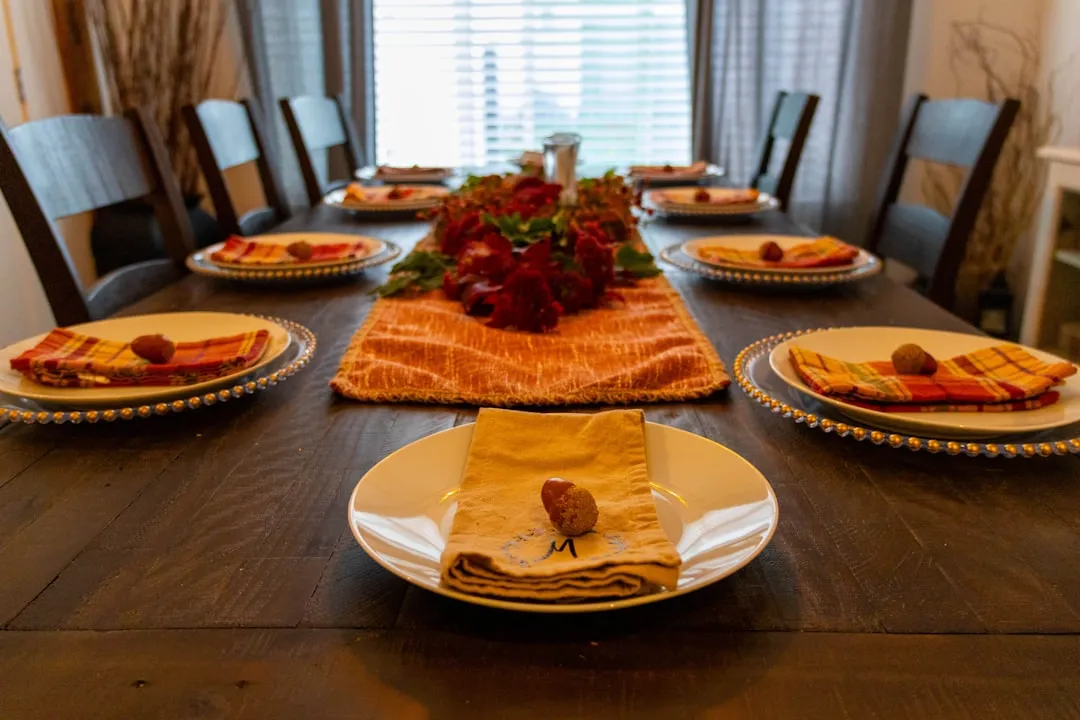

Comments
Be the first, drop a comment!